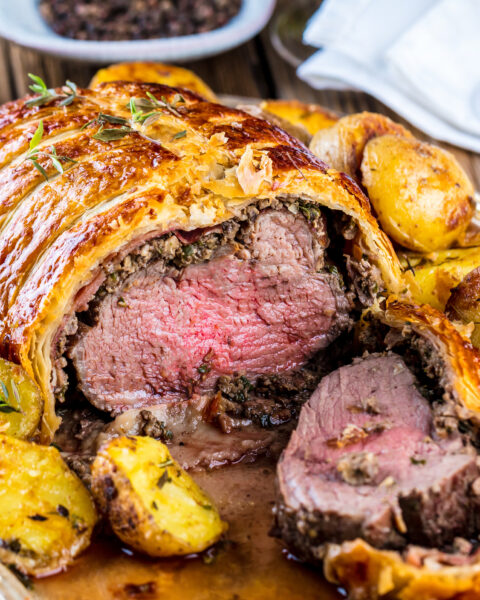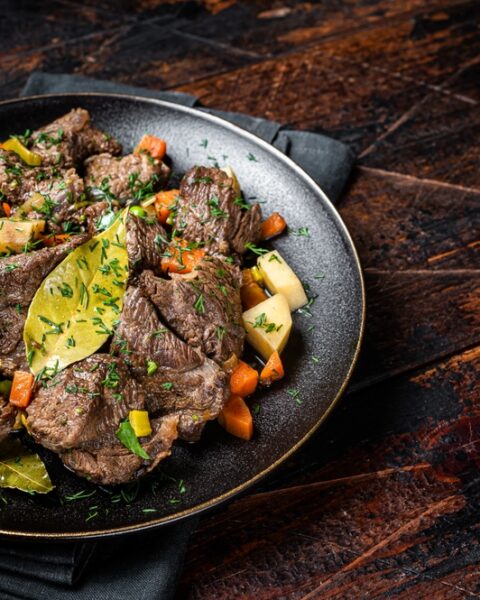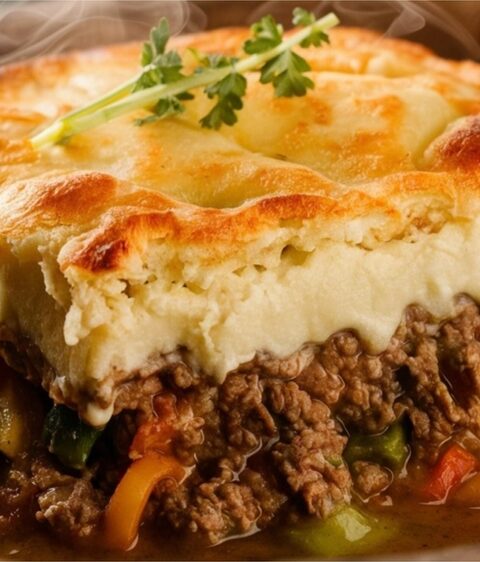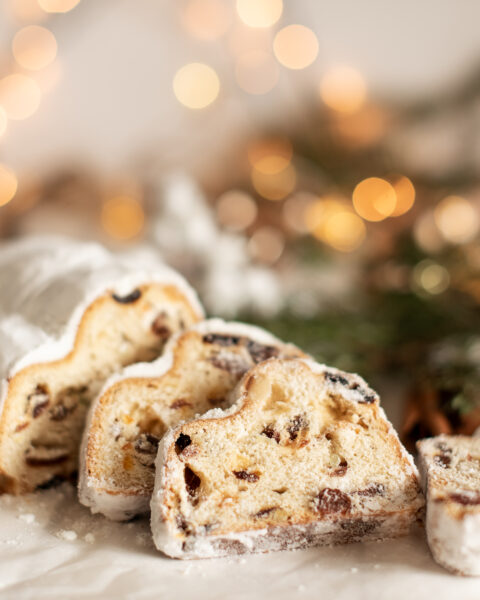Lost recipes hold a unique charm, offering a glimpse into the kitchens of the past and the stories that shaped them. Hidden in the pages of historic cookbooks are dishes that once graced tables but have since faded from memory. These recipes are more than just food—they’re a connection to culinary traditions, forgotten techniques, and flavors that deserve a comeback. Reviving them brings a sense of nostalgia and creativity, breathing new life into ingredients and methods often overlooked today. These recipes carry the essence of a time when cooking was an art passed down through generations.
Contents
- 1 Pouding Chômer (Quebecois Depression-Era Dessert)
- 2 Grilled Eel with Honey (Ancient Roman Recipe)
- 3 Salmon with Mustard Sauce (Medieval English Recipe)
- 4 Syllabub (17th Century English Recipe)
- 5 Cucumber Soup (Victorian English Recipe)
- 6 Sausages in Wine (Ancient Roman Recipe)
- 7 Beef and Barley Soup (Victorian American Recipe)
- 8 Fried Mush (18th Century American Recipe)
- 9 Venison Stew (Medieval English Recipe)
- 10 Apple and Pear Tart (Renaissance French Recipe)
- 11 Mushroom Soup (19th Century American Recipe)
- 12 More From RetailShout
- 13 17 Simple Apple Desserts That Bring Fall Flavors to Your Table
- 14 Host Thanksgiving on a Budget with ALDI’s $50 Dinner Deal
Pouding Chômer (Quebecois Depression-Era Dessert)
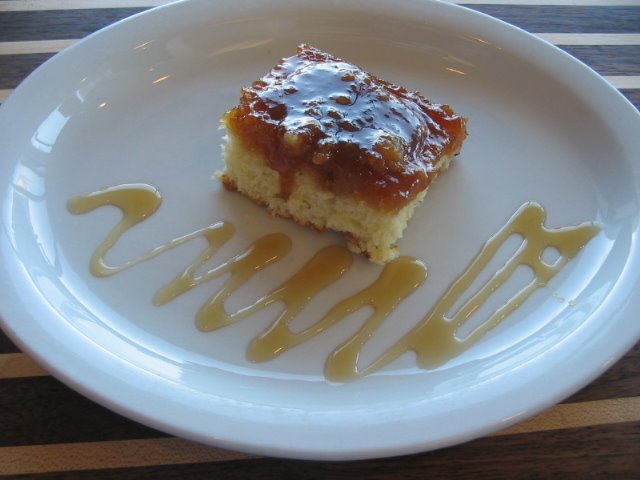
Pouding Chômer is a classic Quebecois dessert that originated during the Great Depression, using basic ingredients to create a rich, comforting treat. Begin by preheating your oven to 350°F. In a mixing bowl, combine 1 cup of flour, 1 tablespoon of baking powder, and a pinch of salt. In a separate bowl, whisk together 1/2 cup of sugar, 1/4 cup of butter (melted), and 1 cup of milk until smooth. Pour the wet ingredients into the dry and stir until just combined. In a separate saucepan, combine 1 cup of brown sugar, 1 cup of water, and 2 tablespoons of butter, bringing it to a boil. Pour this syrup over the batter in the baking dish without stirring, and bake for 40 minutes until golden and bubbly. Serve warm, ideally with vanilla ice cream or a dollop of whipped cream.
Grilled Eel with Honey (Ancient Roman Recipe)
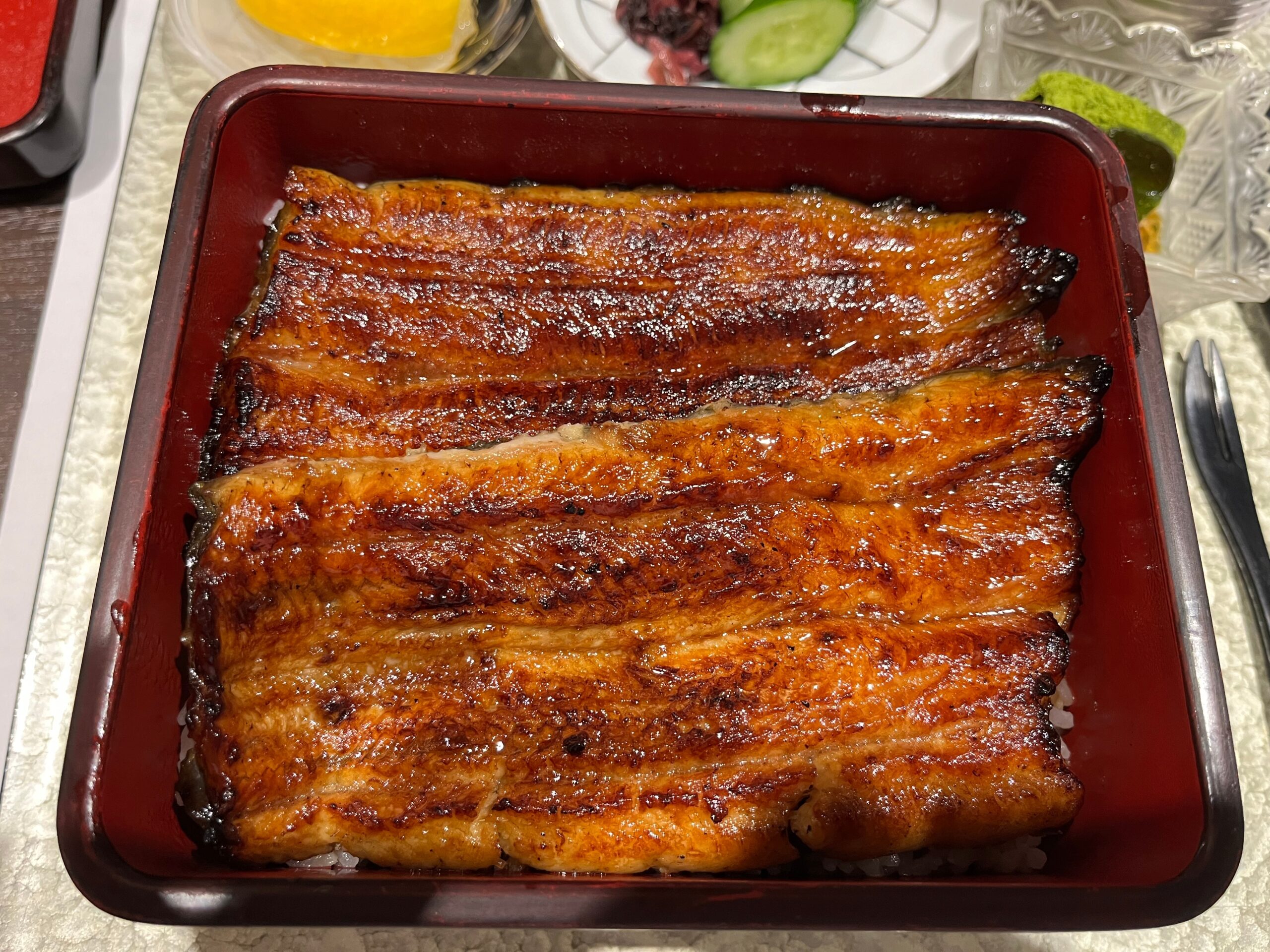
Grilled eel with honey was a popular dish in Ancient Rome, combining the rich flavor of eel with the sweetness of honey. To make this dish, first soak 2 pounds of eel in cold water for 10 minutes, then remove and pat dry. Heat a grill or broiler to medium-high and season the eel with salt and pepper. In a small saucepan, combine 1/4 cup of honey, 2 tablespoons of olive oil, 1 tablespoon of vinegar, and a pinch of cumin. Grill the eel for 5-7 minutes on each side, basting frequently with the honey mixture. Serve hot with fresh herbs, and enjoy a dish that has been enjoyed for millennia.
Salmon with Mustard Sauce (Medieval English Recipe)
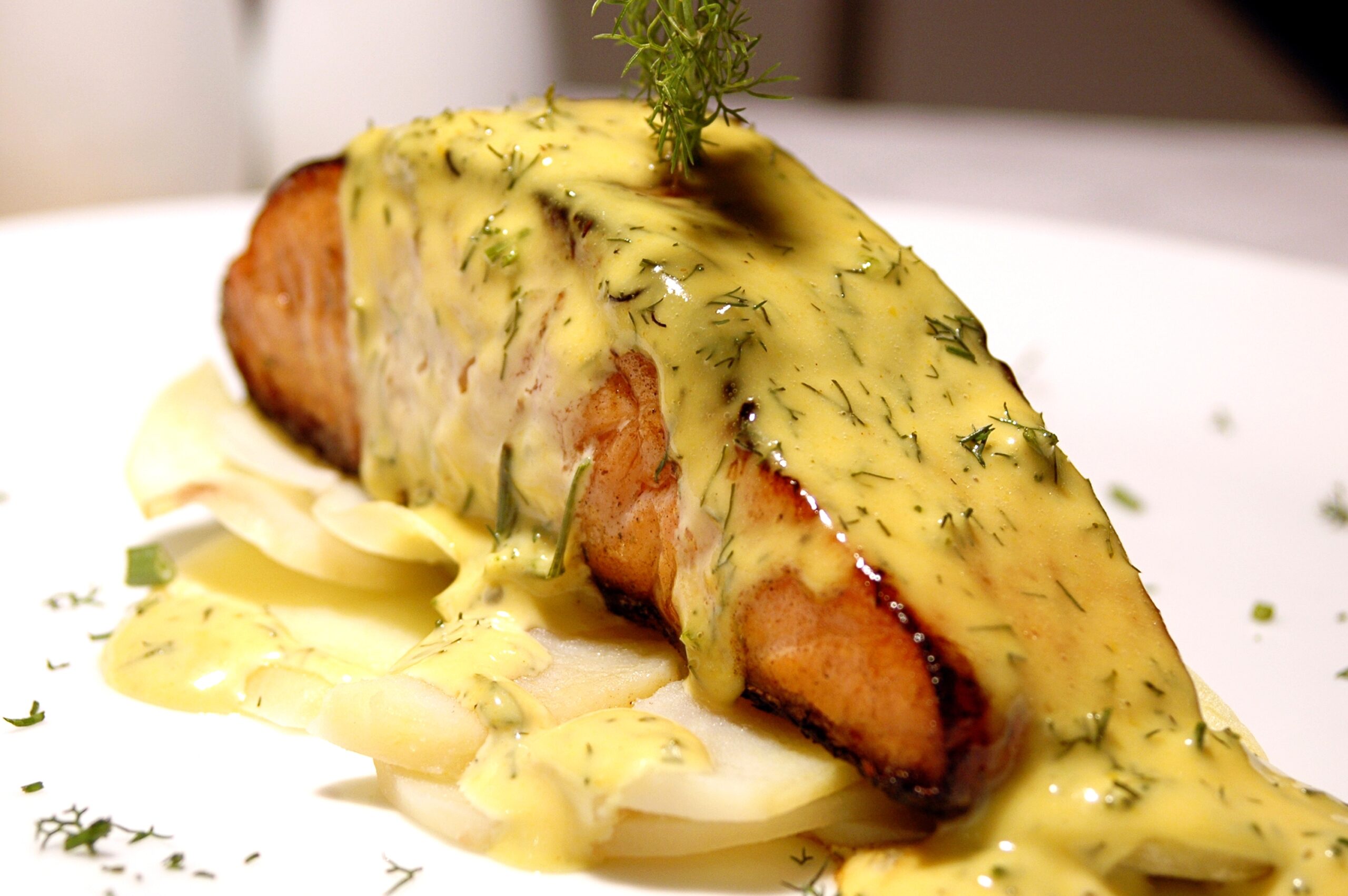
A dish favored by medieval English royalty, salmon with mustard sauce combines the delicate fish with the sharp bite of mustard. Start by preheating your oven to 350°F. Season a 2-pound salmon fillet with salt and pepper, then place it in a baking dish. In a small bowl, mix 1/4 cup of Dijon mustard, 1 tablespoon of honey, and 1/2 cup of heavy cream. Pour this sauce over the salmon fillet, then bake for 20 minutes or until the fish flakes easily. Garnish with fresh parsley and serve with roasted vegetables for a regal and flavorful dish.
Syllabub (17th Century English Recipe)
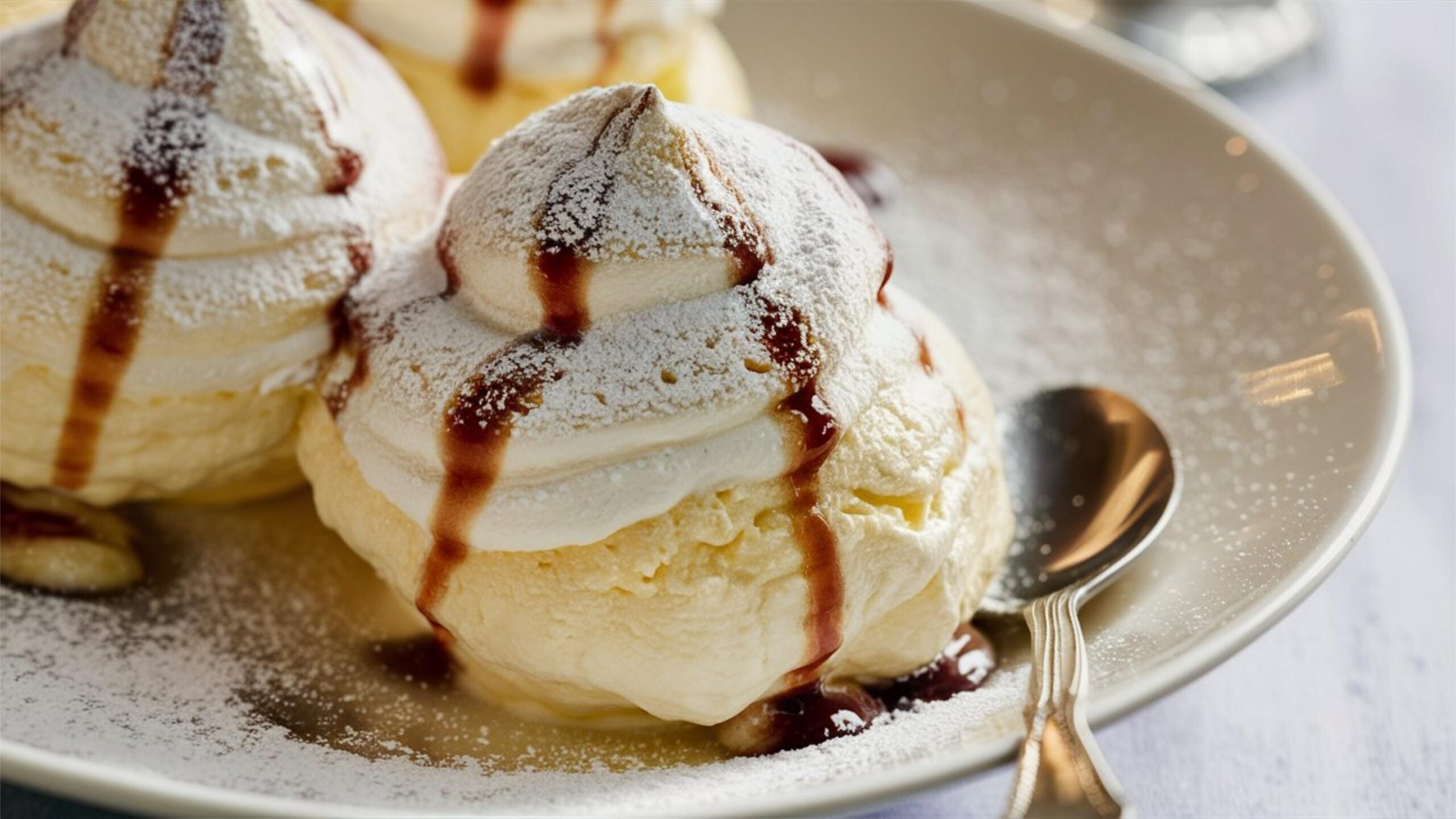
Syllabub was a popular English dessert in the 17th century, blending whipped cream with wine and spices to create a light, frothy treat. Begin by whipping 2 cups of heavy cream until it forms soft peaks. In a separate bowl, mix 1/2 cup of white wine, 1/4 cup of sugar, and 1/2 teaspoon of grated nutmeg. Slowly fold the wine mixture into the whipped cream, being careful not to deflate it. Spoon the syllabub into individual serving glasses and refrigerate for at least an hour before serving. Garnish with a sprinkle of cinnamon or fresh fruit for an indulgent, historic dessert.
Cucumber Soup (Victorian English Recipe)
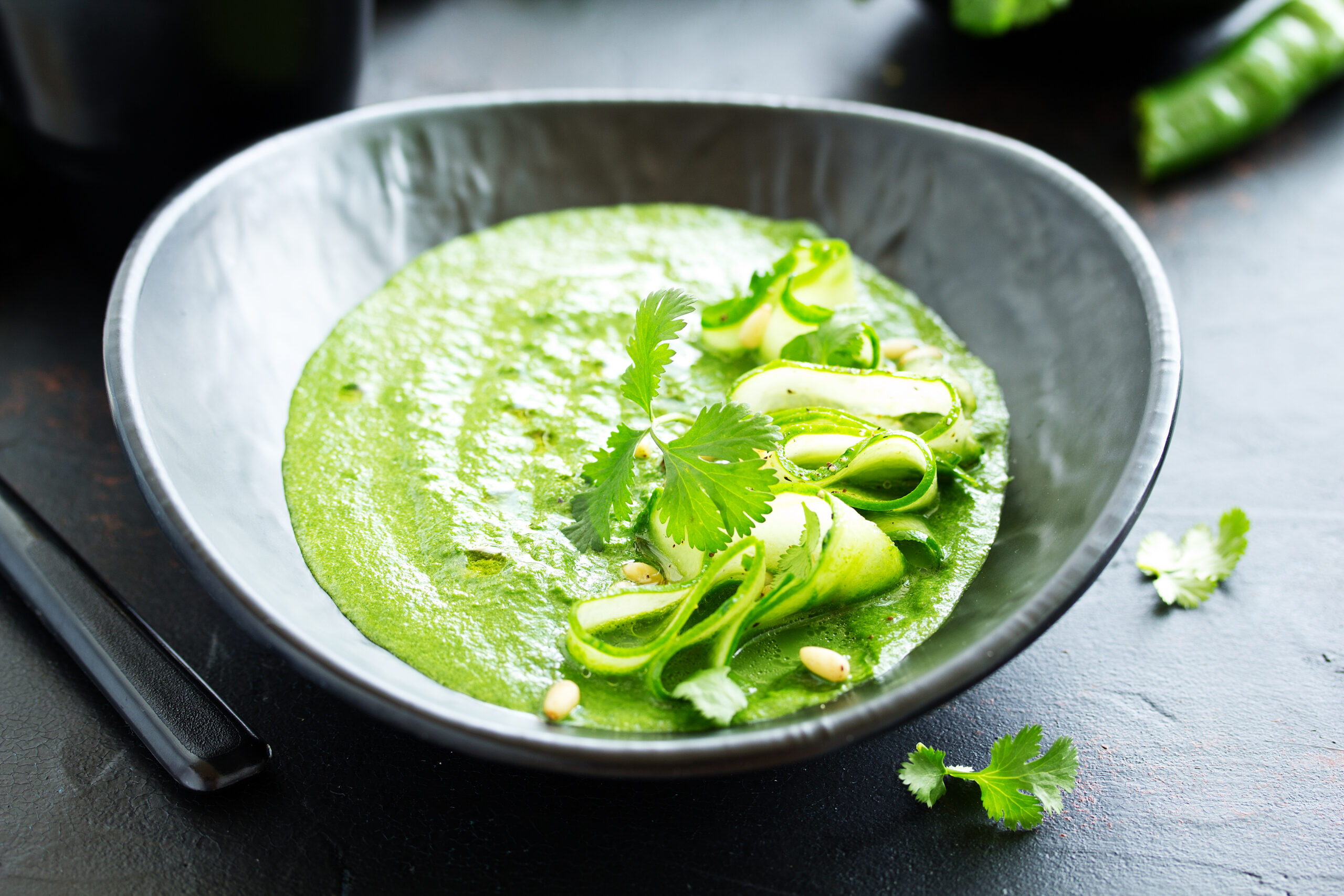
Cucumber soup was a delicate, refreshing dish enjoyed by the Victorians, often served chilled during summer months. Begin by peeling and chopping 2 large cucumbers. In a saucepan, melt 2 tablespoons of butter and sauté the cucumbers until softened (about 5 minutes). Add 1/2 cup of vegetable broth and simmer for 10 minutes. Blend the mixture until smooth, then return it to the heat and stir in 1/2 cup of heavy cream and salt to taste. Serve chilled with a garnish of fresh dill and enjoy this light, fragrant soup.
Sausages in Wine (Ancient Roman Recipe)
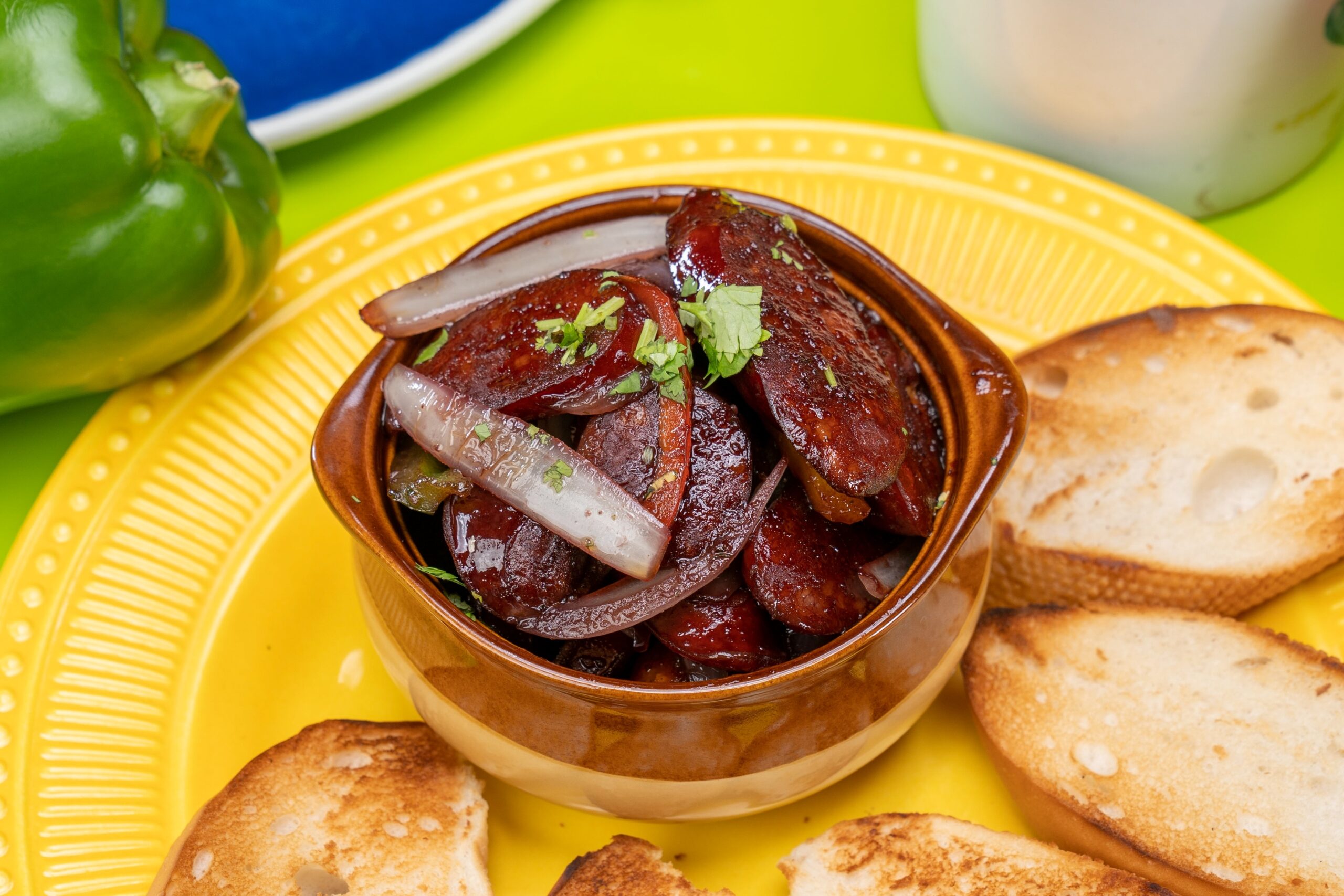
Ancient Romans often paired sausages with wine to create a savory, hearty dish. To prepare, start by heating a large skillet over medium heat. Add 4 sausages (your choice of pork or beef) and brown on all sides. Remove the sausages, then pour 1 cup of red wine into the skillet, scraping up any browned bits from the pan. Return the sausages to the skillet and cook for an additional 15 minutes, allowing the wine to reduce. Serve the sausages with the wine sauce, accompanied by a side of rustic bread for a fulfilling ancient meal.
Beef and Barley Soup (Victorian American Recipe)
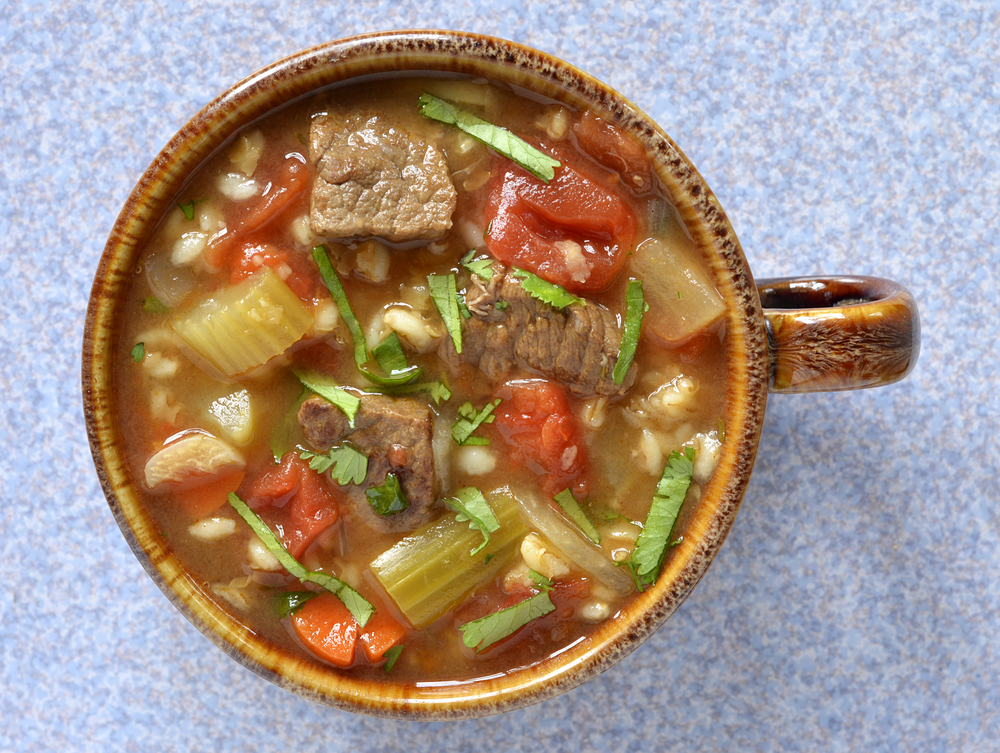
This rich, hearty soup was a staple in Victorian American kitchens, perfect for cold winter days. Start by browning 1 pound of beef stew meat in a large pot over medium heat. Add 1 diced onion, 2 cloves of garlic (minced), and 1 chopped carrot, then cook until softened. Stir in 1/2 cup of pearl barley, 6 cups of beef broth, 2 bay leaves, and 1 teaspoon of thyme. Bring to a boil, then reduce to a simmer for 1-1.5 hours, until the meat is tender. Season with salt and pepper, and serve hot for a cozy, historical meal.
Fried Mush (18th Century American Recipe)
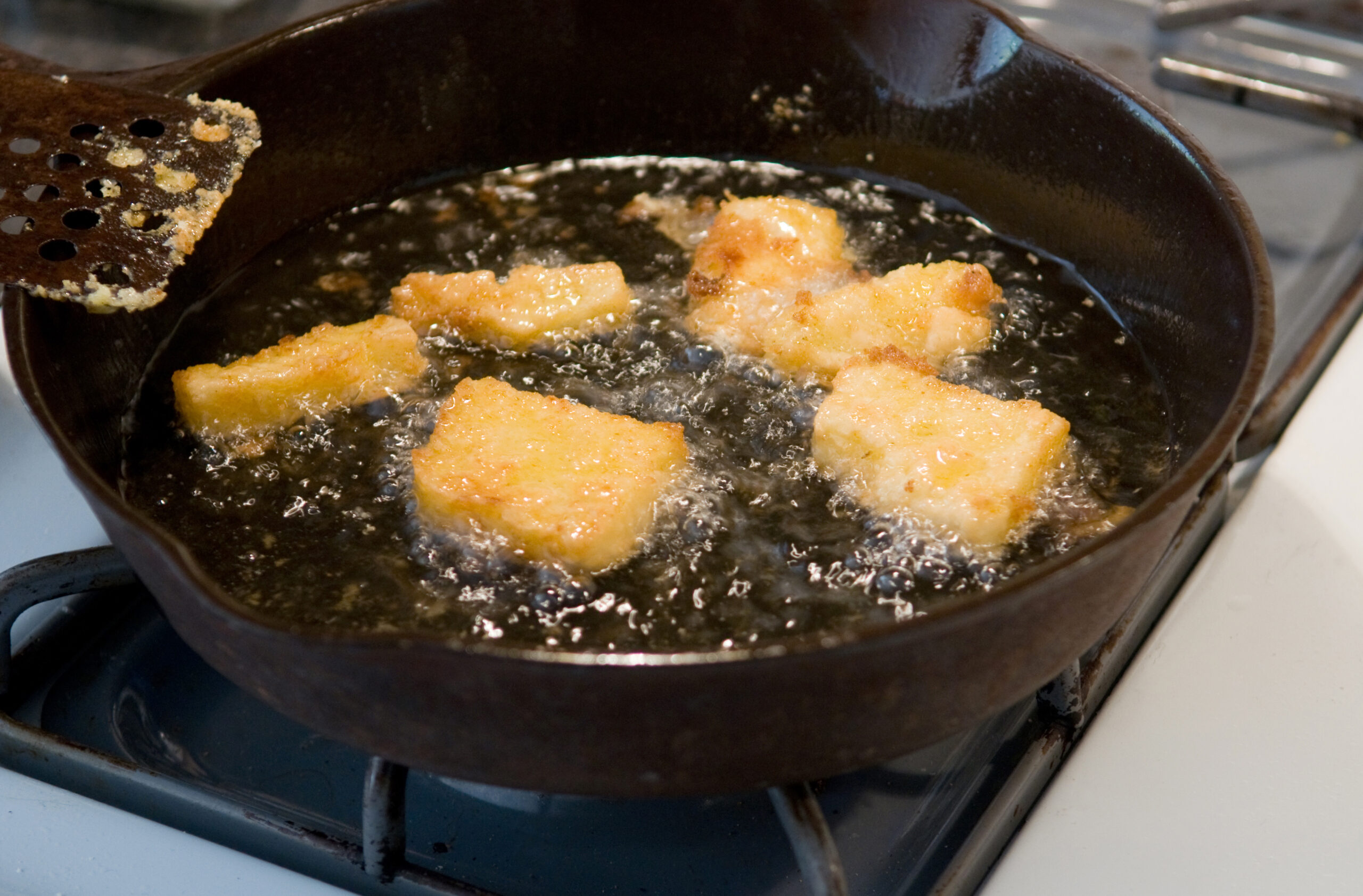
Fried mush was a popular breakfast dish in 18th century America, often enjoyed with syrup or honey. To make this, bring 4 cups of water to a boil in a large pot. Slowly stir in 1 cup of cornmeal, then cook over low heat for about 10 minutes until thickened. Pour the mixture into a greased dish and let it cool until firm (about 2 hours). Once set, cut the mush into slices and fry them in butter or oil until golden brown on both sides. Serve hot with maple syrup or fruit preserves for a true taste of history.
Venison Stew (Medieval English Recipe)
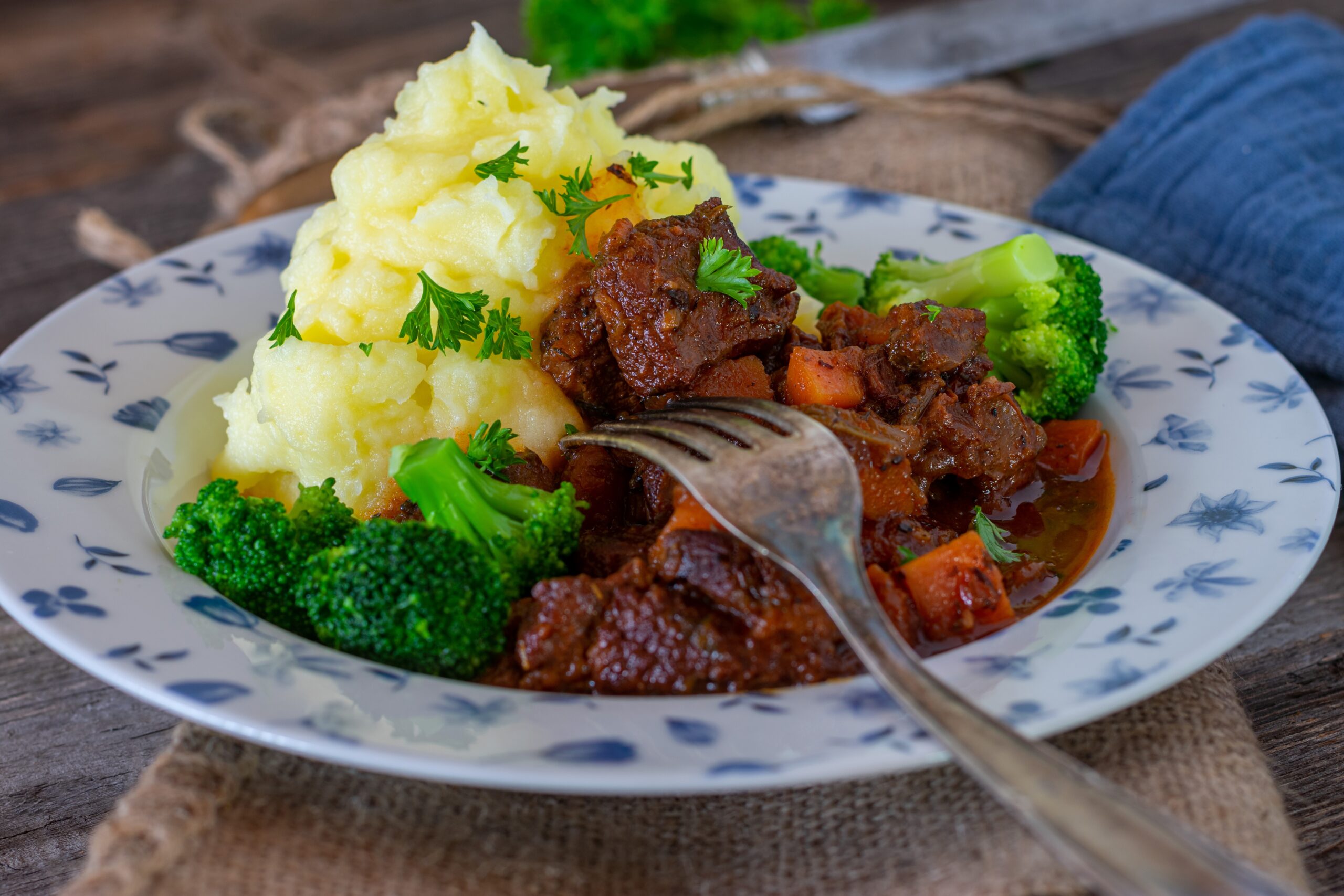
Venison stew was a hearty and flavorful dish in medieval England, often reserved for feasts and special occasions. Begin by cubing 2 pounds of venison and browning it in a pot with 2 tablespoons of butter. Add 1 chopped onion, 2 carrots, and 2 cloves of garlic, then sauté until softened. Pour in 4 cups of beef broth, 1 tablespoon of dried thyme, and 2 bay leaves. Simmer for 2 hours, until the venison is tender. Season with salt and pepper, and serve with a side of buttered bread for a historic and filling meal.
Apple and Pear Tart (Renaissance French Recipe)
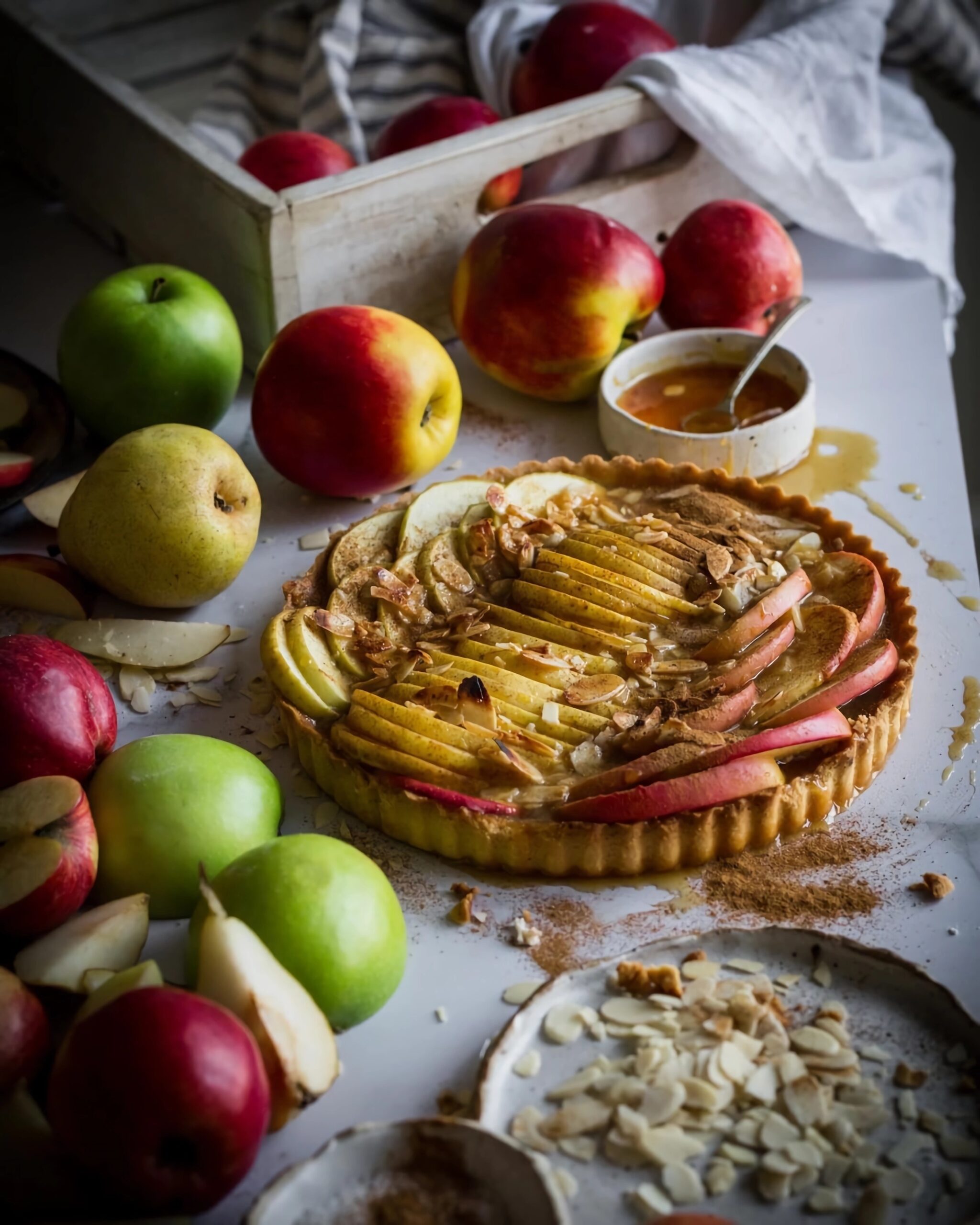
This sweet and flaky tart was a popular dessert in Renaissance France, combining apples and pears in a buttery crust. Start by preheating your oven to 375°F. Roll out 1 sheet of pie pastry and place it in a tart pan. Thinly slice 2 apples and 2 pears, then arrange them in a circular pattern on the pastry. Sprinkle with 1/4 cup of sugar and 1 teaspoon of cinnamon, then bake for 30-35 minutes, or until the fruit is tender and the crust is golden. Serve with whipped cream or a drizzle of honey for a delightful, historical dessert.
Mushroom Soup (19th Century American Recipe)
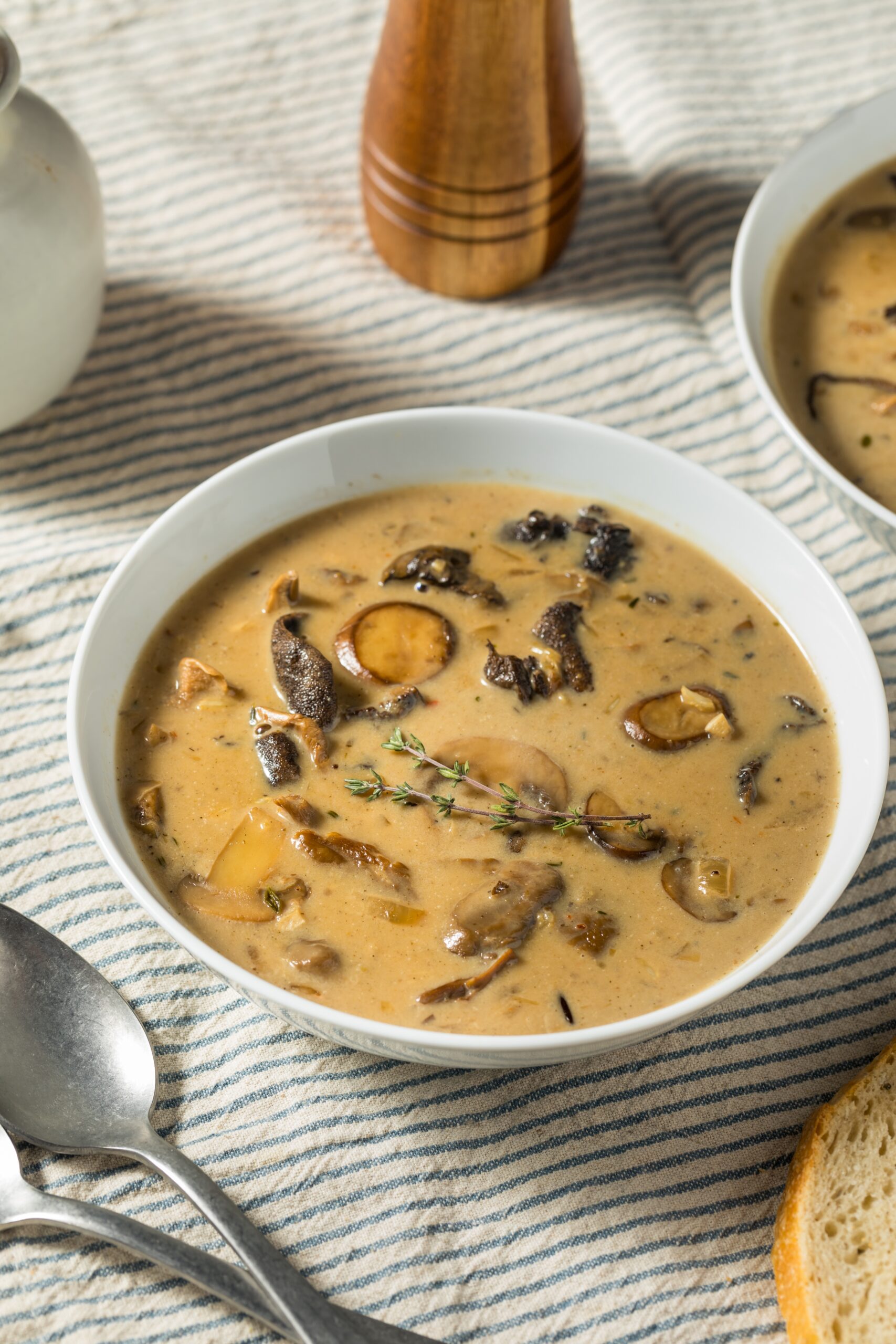
Mushroom soup was a staple of early American kitchens, often made with wild mushrooms and seasoned with simple herbs. To start, clean and slice 1 pound of fresh mushrooms. In a large pot, melt 3 tablespoons of butter over medium heat and sauté the mushrooms until they release their moisture and soften (about 10 minutes). Add 1 small onion (chopped), 1 clove of garlic (minced), and cook for another 5 minutes. Stir in 3 tablespoons of flour to create a roux, then gradually add 4 cups of chicken stock, whisking to avoid lumps. Bring the soup to a boil, reduce the heat, and simmer for 20 minutes. Season with salt, pepper, and a pinch of thyme. Blend until smooth if desired, and serve hot with a drizzle of cream.
This article originally appeared on RetailShout.
More From RetailShout
15 Kitchen Gadgets You Don‘t Need for a More Minimalist Cooking Experience

When it comes to creating a more efficient and clutter-free kitchen, less is often more. Many gadgets may promise convenience, but they can end up taking up valuable space and rarely get used. Read More.
17 Simple Apple Desserts That Bring Fall Flavors to Your Table
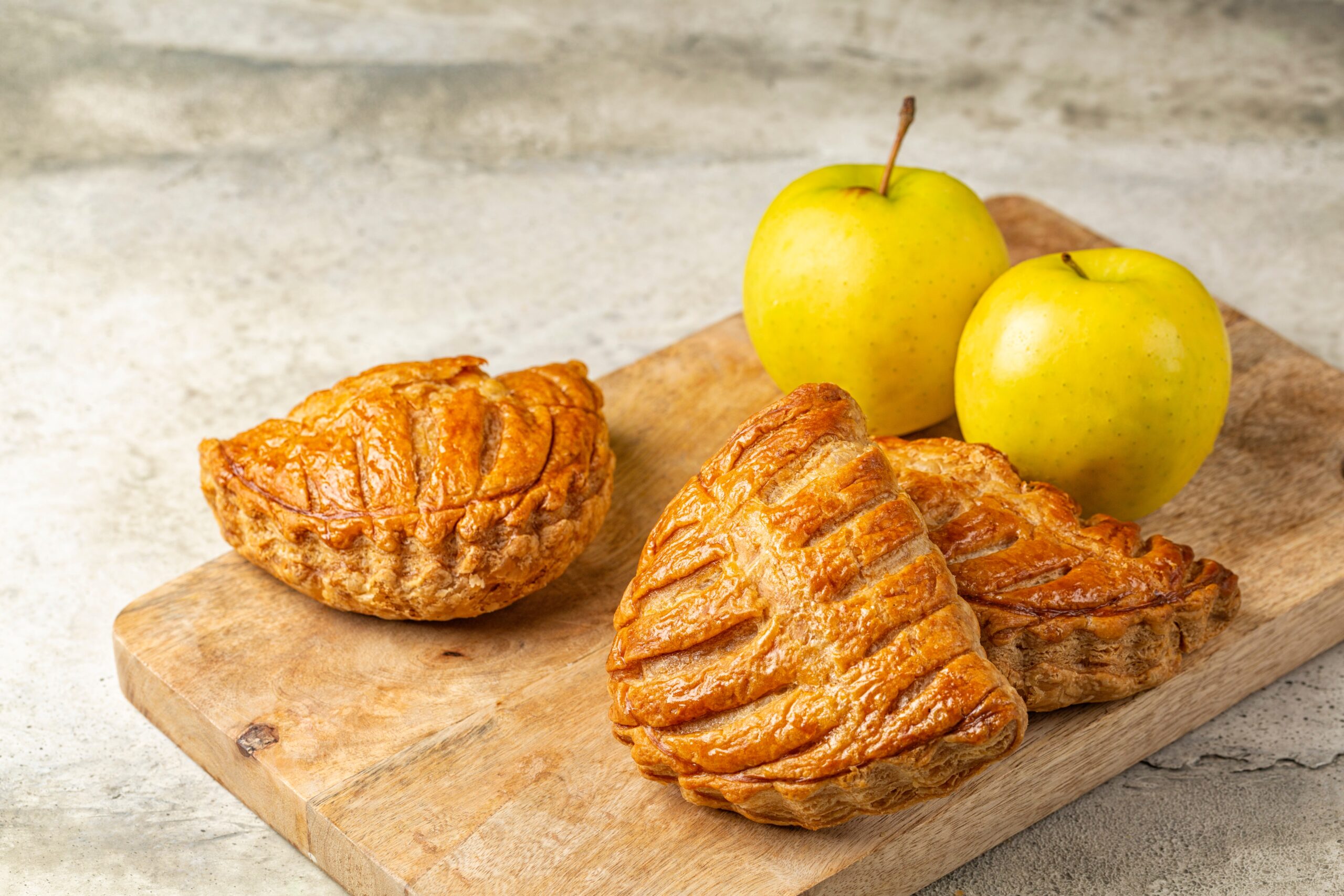
Did you know apples have been a symbol of knowledge and temptation for centuries? Well, we’re about to tempt you with the best way to enjoy fall’s favorite fruit. As the leaves start to turn and the air gets crisp, apples take center stage, filling kitchens with their sweet aroma. Read More.
Host Thanksgiving on a Budget with ALDI’s $50 Dinner Deal
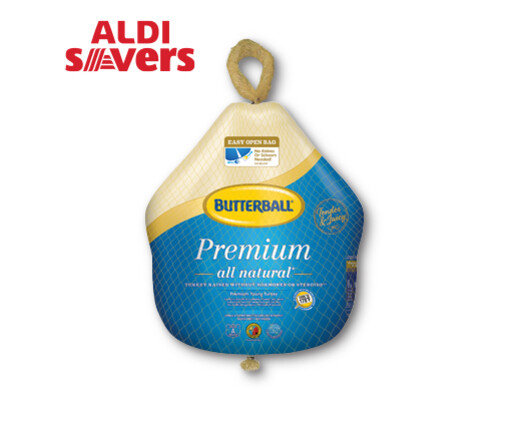
Thanksgiving doesn’t have to leave your wallet feeling empty. ALDI’s $50 dinner deal is here to prove you can host an amazing feast without breaking the bank. With a carefully chosen lineup of ingredients, this budget-friendly bundle covers everything you need for a traditional holiday meal. Read More.

